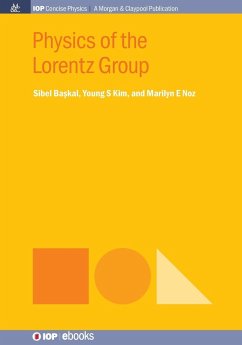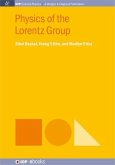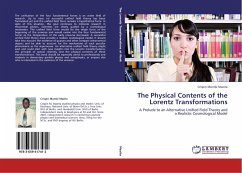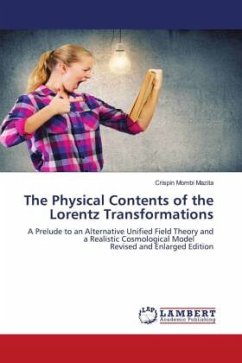This book explains the Lorentz mathematical group in a language familiar to physicists. While the three-dimensional rotation group is one of the standard mathematical tools in physics, the Lorentz group of the four-dimensional Minkowski space is still very strange to most present-day physicists. It plays an essential role in understanding particles moving at close to light speed and is becoming the essential language for quantum optics, classical optics, and information science. The book is based on papers and books published by the authors on the representations of the Lorentz group based on harmonic oscillators and their applications to high-energy physics and to Wigner functions applicable to quantum optics. It also covers the two-by-two representations of the Lorentz group applicable to ray optics, including cavity, multilayer and lens optics, as well as representations of the Lorentz group applicable to Stokes parameters and the Poincaré sphere on polarization optics.
Bitte wählen Sie Ihr Anliegen aus.
Rechnungen
Retourenschein anfordern
Bestellstatus
Storno








